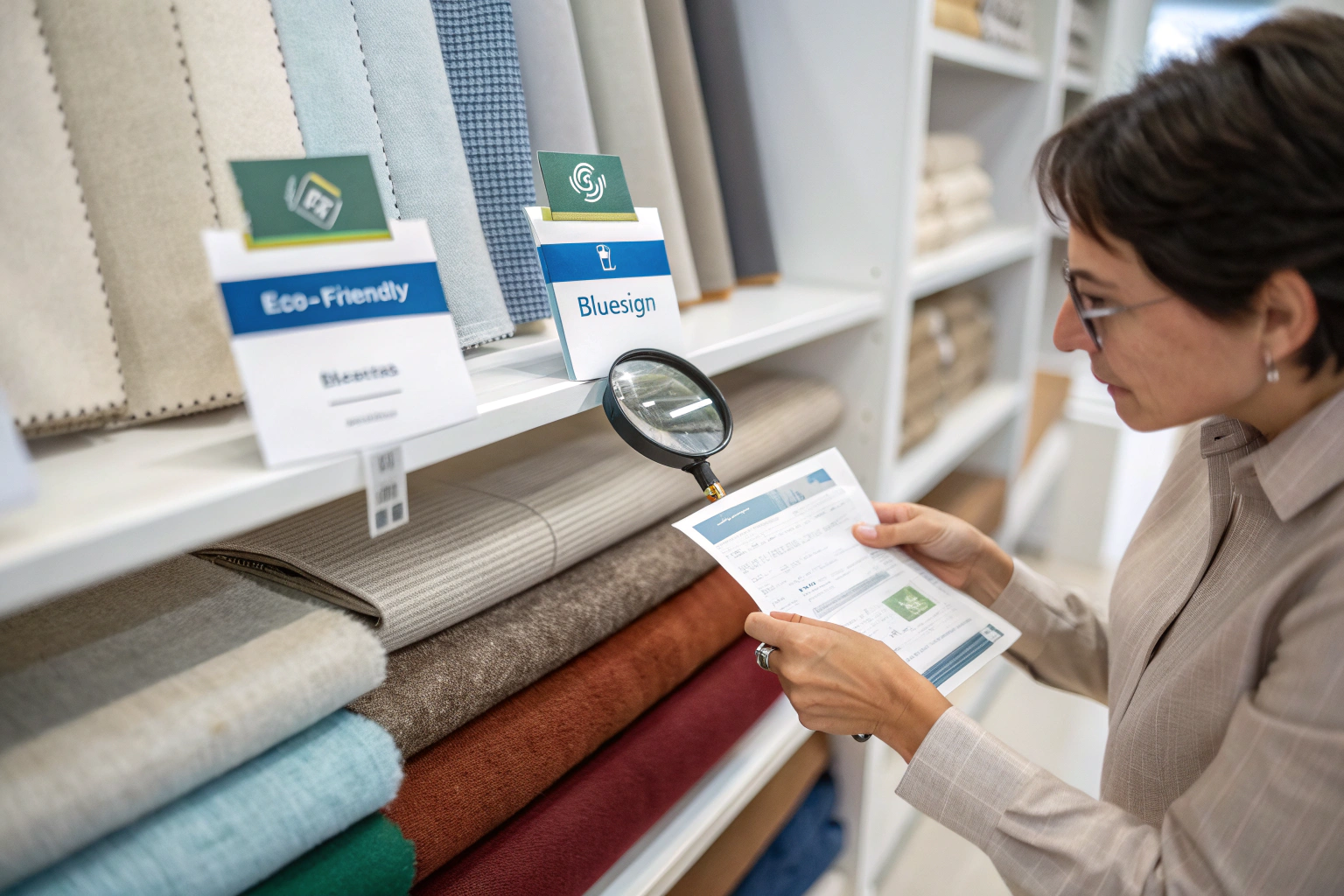More fashion and textile brands are turning to sustainable sourcing—but with that shift comes a serious responsibility: verifying claims. With so many suppliers today advertising “eco-friendly” or “Bluesign® certified” materials, how do you confirm what’s legitimate and what’s just marketing? For professional buyers, fabric importers, and apparel brands like yours, understanding and verifying Bluesign® certification isn’t optional—it’s essential.
Bluesign® certification ensures that fabrics and chemical inputs are safe for workers, consumers, and the environment. To verify authenticity, buyers must check registration on the Bluesign® database, inspect physical product labeling, and confirm traceability through the supply chain.
As Fumao Fabric, a leading textile manufacturer based in Keqiao, we’ve worked with numerous Bluesign® system partners and clients who require full compliance. Let’s explore how to verify Bluesign® claims efficiently and accurately at every stage of your sourcing process.
What Does Bluesign® Certification Really Cover?
Bluesign® goes far beyond the green label—it’s one of the world’s most comprehensive sustainability standards for the textile industry. It certifies not just the fabric, but the entire production process, from raw materials to chemical management, emissions, and worker safety.
A Bluesign® certified fabric must be produced in a facility that is audited and approved based on strict environmental and chemical safety standards.
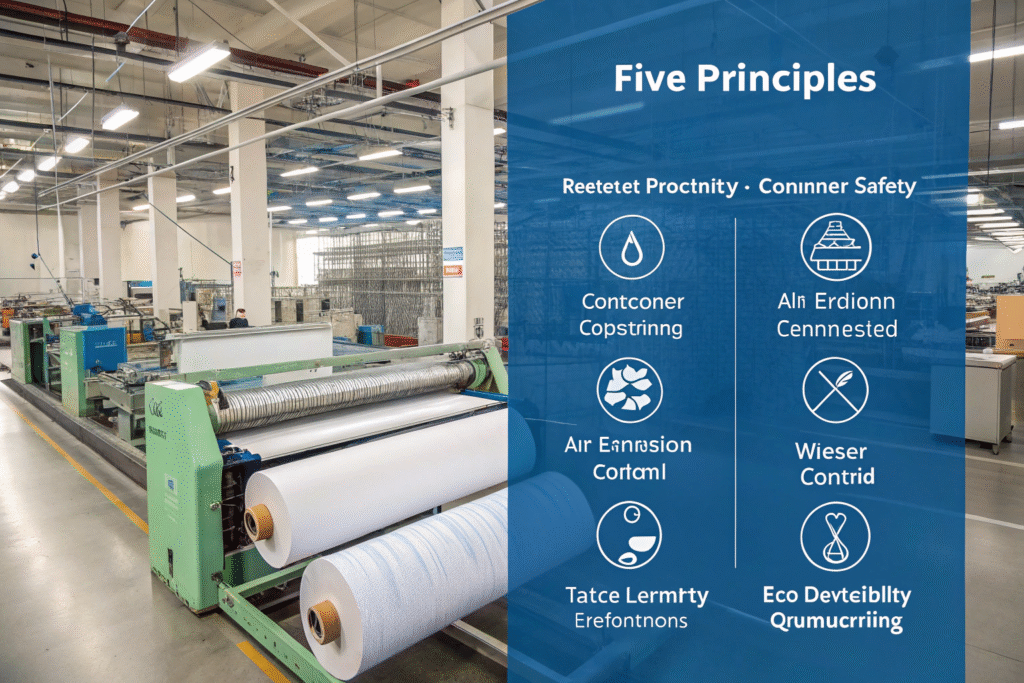
How Is the Certification Awarded?
Bluesign® Technologies audits the entire facility—not just the final product. This includes water treatment, dyeing processes, chemical storage, and waste handling. Suppliers must use bluesign® APPROVED inputs and pass ongoing compliance checks.
You can find the Bluesign criteria on their official site or in detail from documents by ZDHC and other chemical safety organizations.
What’s the Difference Between “Bluesign® APPROVED” and “Bluesign® PRODUCT”?
- bluesign® APPROVED: Applied to a material/component (e.g., fabric, dye, yarn) that meets Bluesign’s safety and environmental criteria.
- bluesign® PRODUCT: A finished product (like a jacket or tent) that consists of 90% or more bluesign® APPROVED components and is manufactured in an audited system partner facility.
How to Check a Supplier’s Bluesign® Status?
The first step in verifying any Bluesign® claim is to go straight to the source: the Bluesign® Finder. This is their official public database of certified system partners and approved products.
Simply enter the company name, facility location, or material name into the Bluesign® website database to verify active certification status.
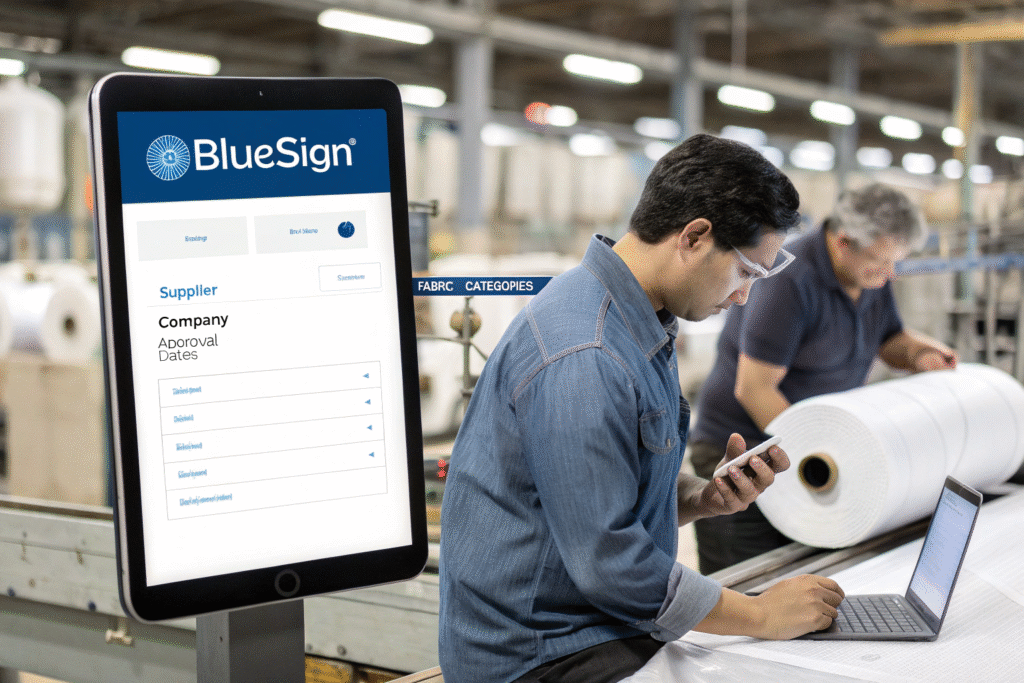
How Do You Use the Bluesign® Database?
Visit bluesign.com/finder. You can search by:
- Company or Supplier Name
- Product Type (e.g., polyester woven, cotton knit)
- Approval Type (Input, Accessory, System Partner)
Make sure to check for expiration dates, the facility location, and whether they are approved as an input stream provider or system partner.
What Red Flags Should You Watch For?
- No listing in the official database
- Outdated approval or expired certificate
- Vague claims like “Bluesign-like” or “eco-cert standard”
- No documentation available on-site
For extra due diligence, you can cross-check certifications through platforms like OEKO-TEX® Buying Guide or the Textile Exchange Material Index.
How to Validate Physical Product or Shipment-Level Proof?
Digital lookup is only part of the process. Once the bulk fabric or sample reaches your facility or inspection warehouse, physical confirmation is essential. Most Bluesign® APPROVED fabrics will be labeled or tagged with batch details, QR codes, and lot tracking numbers.
Each batch should be accompanied by a Certificate of Compliance (CoC), which includes batch ID, production date, and lab test results if applicable.
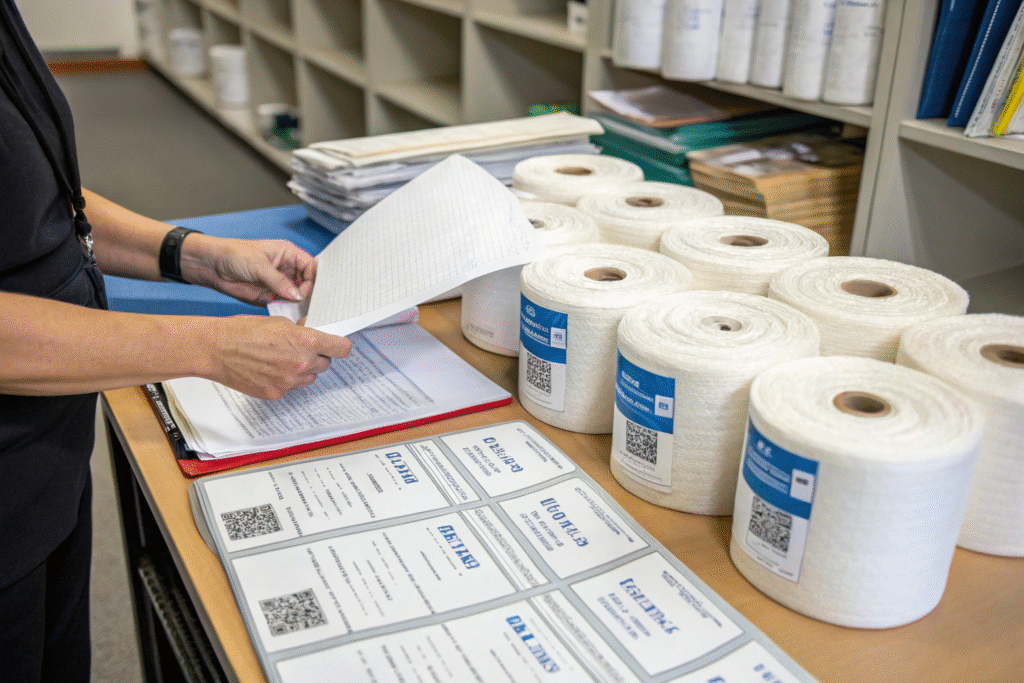
What Documents Should Be Included?
- Bluesign Certificate of Compliance (CoC)
- Shipment Bill with Bluesign Tag Numbers
- Test Reports (e.g., formaldehyde-free, azo-free)
- Factory Origin and Process Chain Declaration
These files should match what’s listed on the online Bluesign Finder. As a best practice, we also use QR-coded labels on every Fumao roll with metadata such as dye batch, chemical input list, and test status, synced to our ERP system.
Can You Trace the Fabric’s Origin?
Yes—if your supplier operates transparently. Ask for a fabric passport, which includes:
- Yarn supplier and spin origin
- Chemical list used in pre-treatment and dyeing
- Finishing process (coating, printing, etc.)
- Testing lab info (like SGS or Intertek)
This transparency not only helps your brand meet ESG goals, but also ensures smooth audits during retail listing or customs clearance.
How Can You Ensure Long-Term Compliance with Bluesign®?
Verification isn’t a one-time event. If your brand is using Bluesign® certified fabrics across product lines, you need to maintain a long-term verification process that includes internal training and supply chain monitoring.
Establish clear SOPs with suppliers, include certification clauses in purchase agreements, and run annual verification checks to avoid compliance gaps.
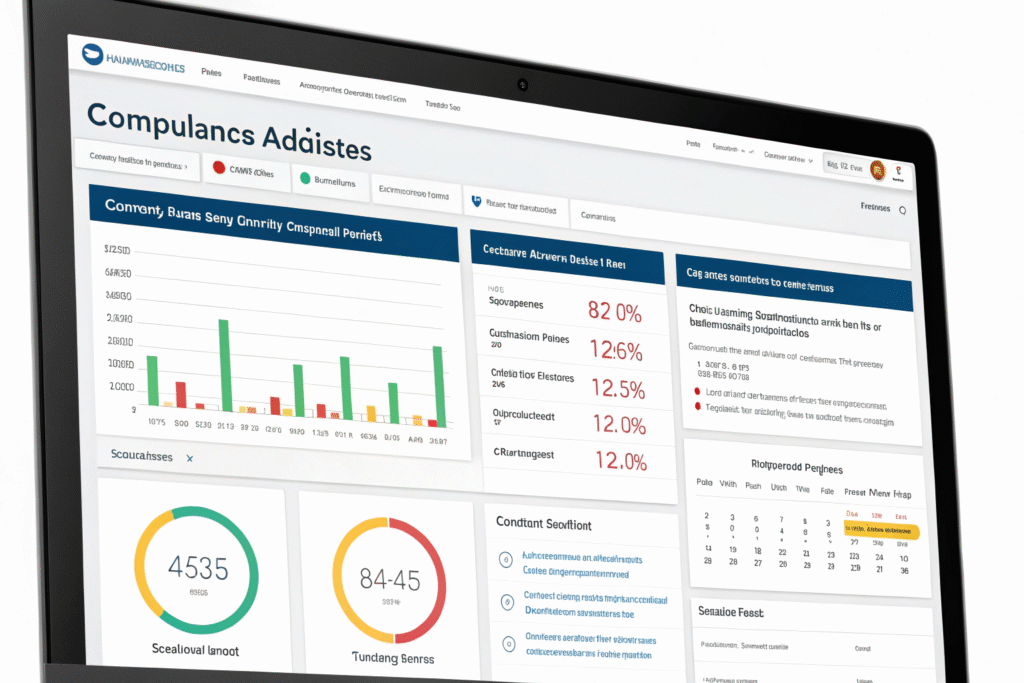
What Role Does the Mill or Manufacturer Play?
A lot. If the supplier (like us at Fumao Fabric) is a system partner, you gain the benefit of built-in Bluesign process control. We maintain certified dyeing and finishing facilities that follow Bluesign’s chemical handling protocols, water usage standards, and emissions policies.
Our QC team provides ongoing training and document support to ensure every batch complies not just with Bluesign®, but also GOTS, OEKO-TEX, and REACH if requested.
Should You Work Only with System Partners?
Ideally, yes. System partners undergo the strictest audits and control processes. They’re regularly evaluated and must maintain sustainability metrics across operations. For brands that are serious about sustainable sourcing, working with a Bluesign® system partner ensures less risk and more traceability.
You can find a list of all approved system partners at the Bluesign® website.
Conclusion
Bluesign® certification plays a key role in today’s responsible fabric sourcing strategies. But claims alone aren’t enough. You need solid verification through online tools, document checks, shipment-level labeling, and mill transparency. By following these steps, you not only avoid greenwashing—you protect your brand, your buyers, and your planet.
At Fumao Fabric, we understand the complexities of global certification systems. We support our clients with authentic, traceable, and performance-tested Bluesign® APPROVED fabrics, along with digital access to lab tests and production data. If you're ready to streamline your sustainable sourcing with verified supply chain practices, contact our Business Director Elaine at elaine@fumaoclothing.com today. Let's build a cleaner, certified textile future—together.

